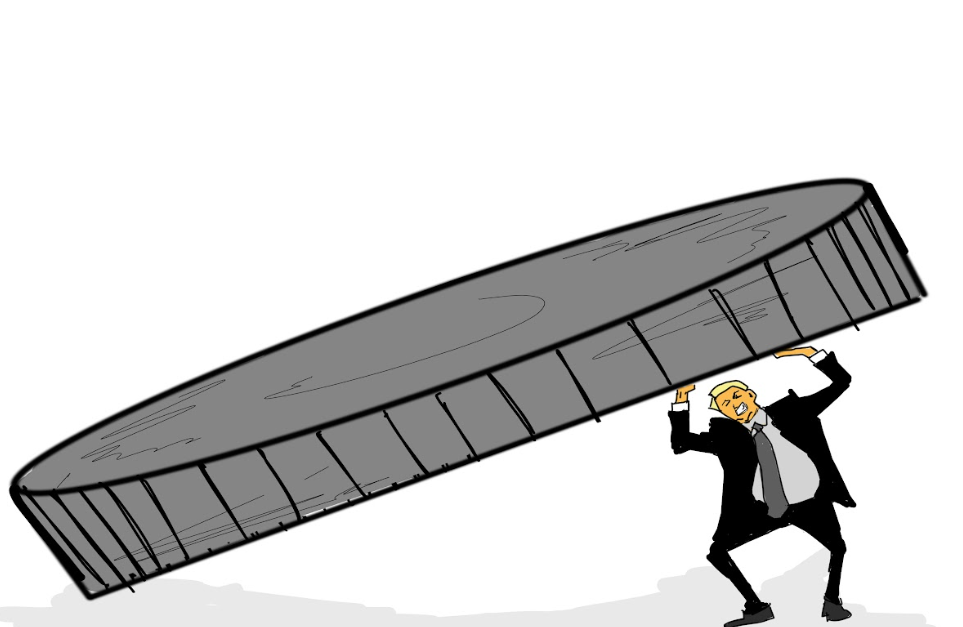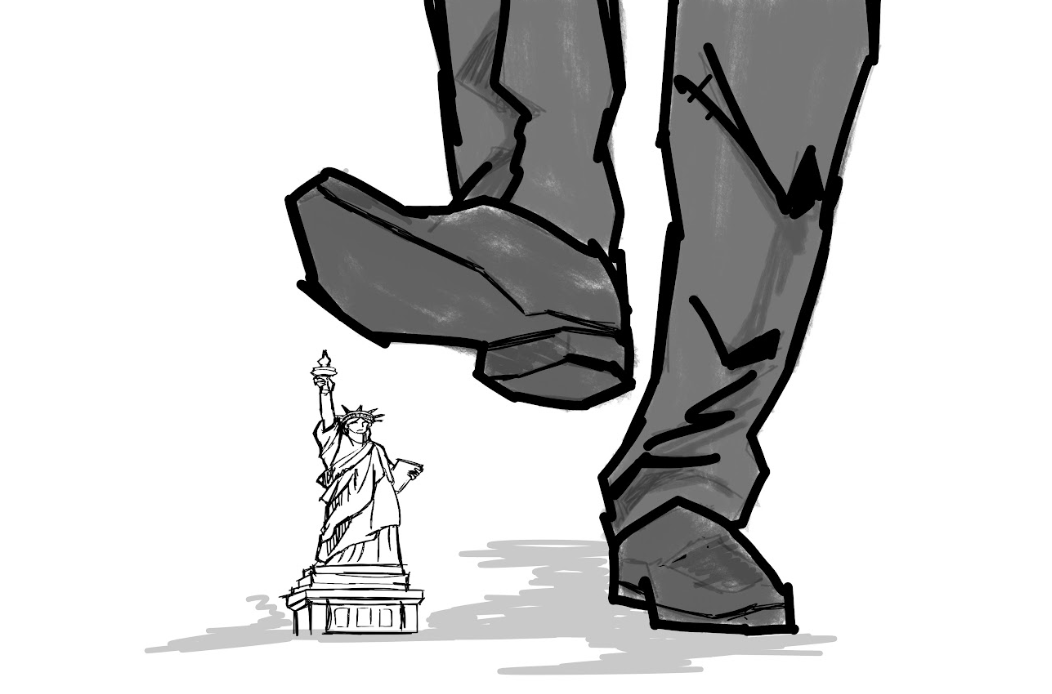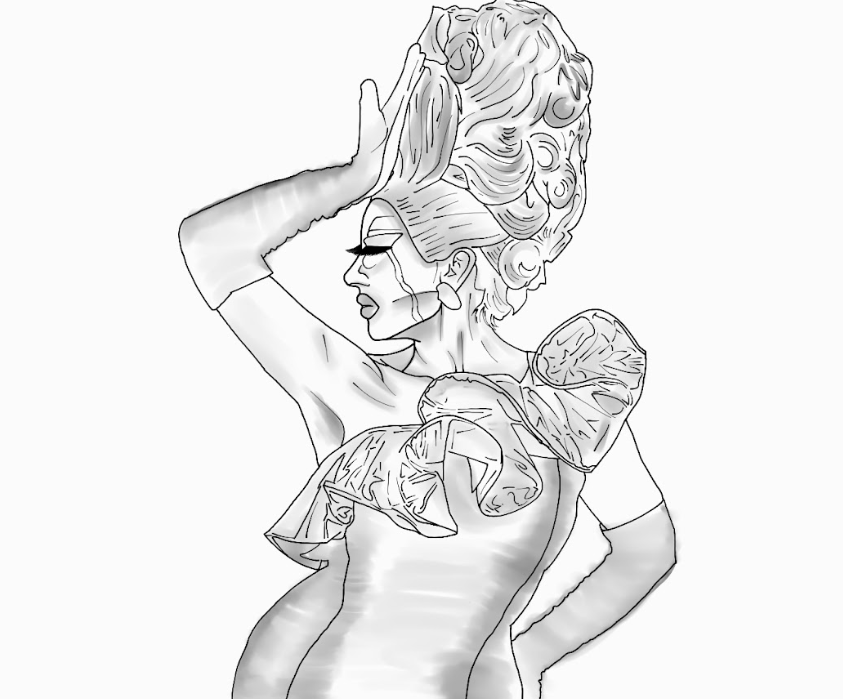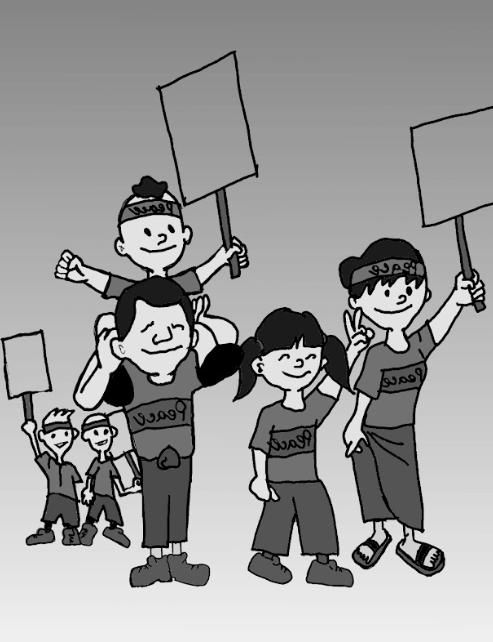Most students start the day sleepy. Their problem starts in the early hours of the morning and continues into the late hours of the night.
Digital screens and college students are in a one-sided, toxic relationship.
The short-wavelength light emitted from the screens of laptops, smartphones and tablets (the bright blue hue that young adults seem to devote their attentions) negatively impacts their quality of sleep, and consequently their studies, health and overall quality of life.
Many studies have been conducted on the effects of screens’ pervasive blue glow: findings from the UCLA School of Medicine and The National Academy of Sciences conclude that the seemingly innocuous light results in a suppression of melatonin and contributes to sleep deprivation. Prolonged screen time affects the body more severely than consuming high doses of caffeine does.
As blue light emitted by electronic screens penetrates the viewer’s retina, it affects the pineal gland in the brain — a small organ that releases and regulates melatonin, the hormone that functions as the body’s natural sleep aid. Too much screen-time much too late curbs the release of the hormone melatonin, threatening the quality of sleep.
Experts recommend powering down electronics at least two hours before bedtime in order to extract the full benefits of a good night’s rest.
Unfortunately, staying awake (and falling asleep to) scrolling through social media and watching Internet videos is seen neither as a problem nor a cause of poor sleep, but as a norm among young adults. The sleepless screen habit is a bad one, one that compromises holistic well-being.
Students, for a good night give the night light a rest. Beauty sleep is a blue-less sleep.















